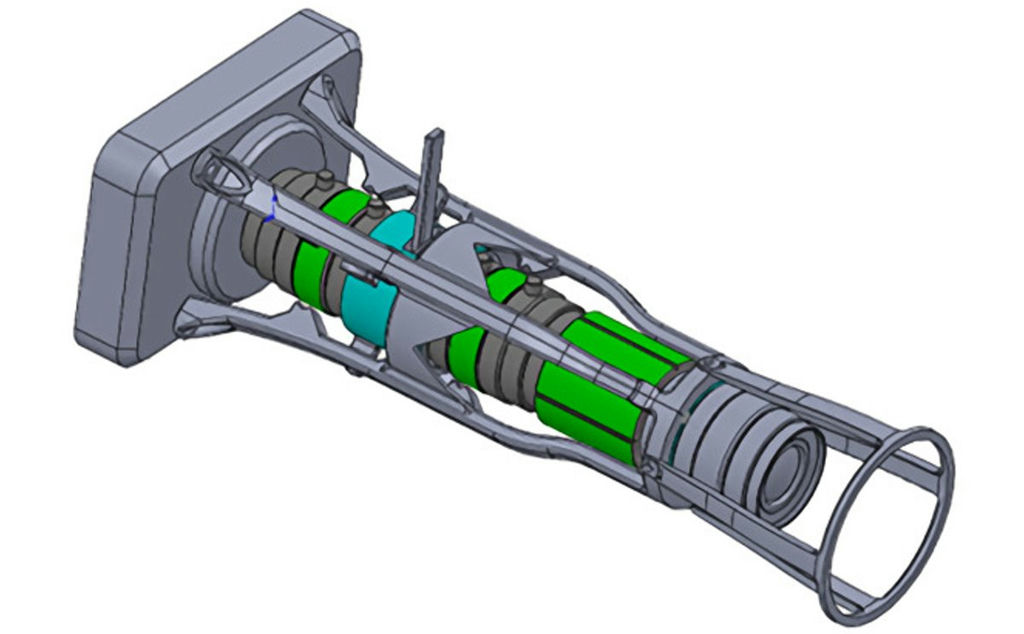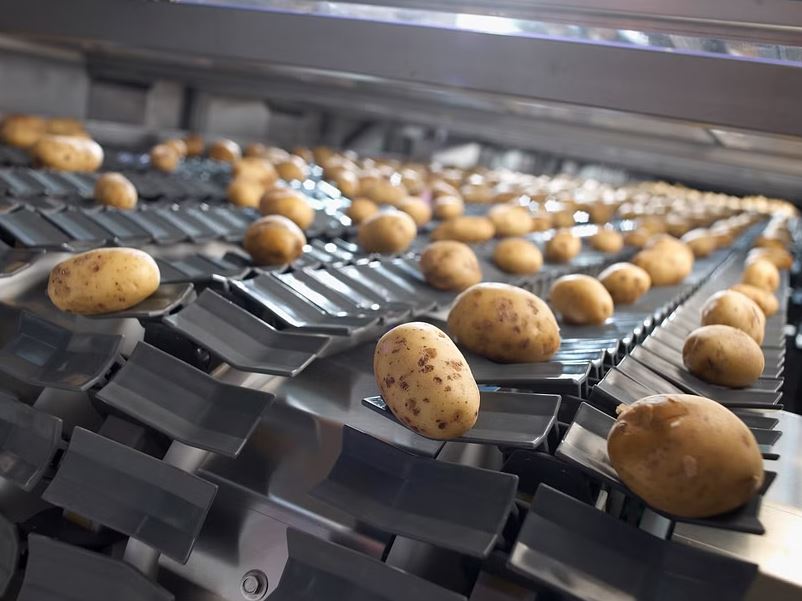Newtec Engineering A/S makes optical sorting machines as well as packing and weighing machines, for potatoes, as well as for fruit and other vegetables. Camera technology is used in several of these applications. For one of these cameras, a lattice structure had to be used to fixate the optical components, and the design was optimized for 3D printing.
Newtec Engineering has a large development department that works with different camera technologies – and one of these cameras became part of the 3D printing design optimization course DfAM, which is initiated by Danish AM Hub.
Here, they looked at optimizing the lattice structure itself, which holds all the optical components on the camera, which Newtec would like to mount on a drone – and weight naturally plays a role in that connection. This work was carried out in collaboration with the Danish Technological Institute.
Significant optimization of strength and weight
The challenge with the original component – and really all iterations since then – was mainly to keep all the optical components fixed, no matter what orientation the camera was in.
In particular, rotation is quite important here, and it would have been difficult to design something that was precise enough to hold it all down while also being rigid as well as easy to move around and test.
Here, 3D printing was the right solution, and the gains have especially been in relation to weight, as the component has become significantly lighter than before, because aluminum is used instead of plastic, and for the same reason, the strength has also increased significantly.
Finally, the economy itself is also better, as Newtec does not have to custom manufacture a component that has enough strength to hold the construction. Specifically, the lattice structure ended up weighing just 143 grams, and the volume was reduced by 75.8%, while the strength was increased by a whopping 794%.
Mads Peters,Industrial Ph.D.-student at Newtec Engineering A/S:
“We see quite a lot of potential in 3D printing. More and more actually as we buy more and more printers, because we quickly learn that we can make components much faster and make many more prototypes. Also in relation to price, it is quite relevant that components that are used in the various machines can actually be made much, much cheaper.”
Subscribe to AM Chronicle Newsletter to stay connected: https://bit.ly/3fBZ1mP
Follow us on LinkedIn: https://bit.ly/3IjhrFq
Visit for more interesting content on additive manufacturing: https://amchronicle.com



